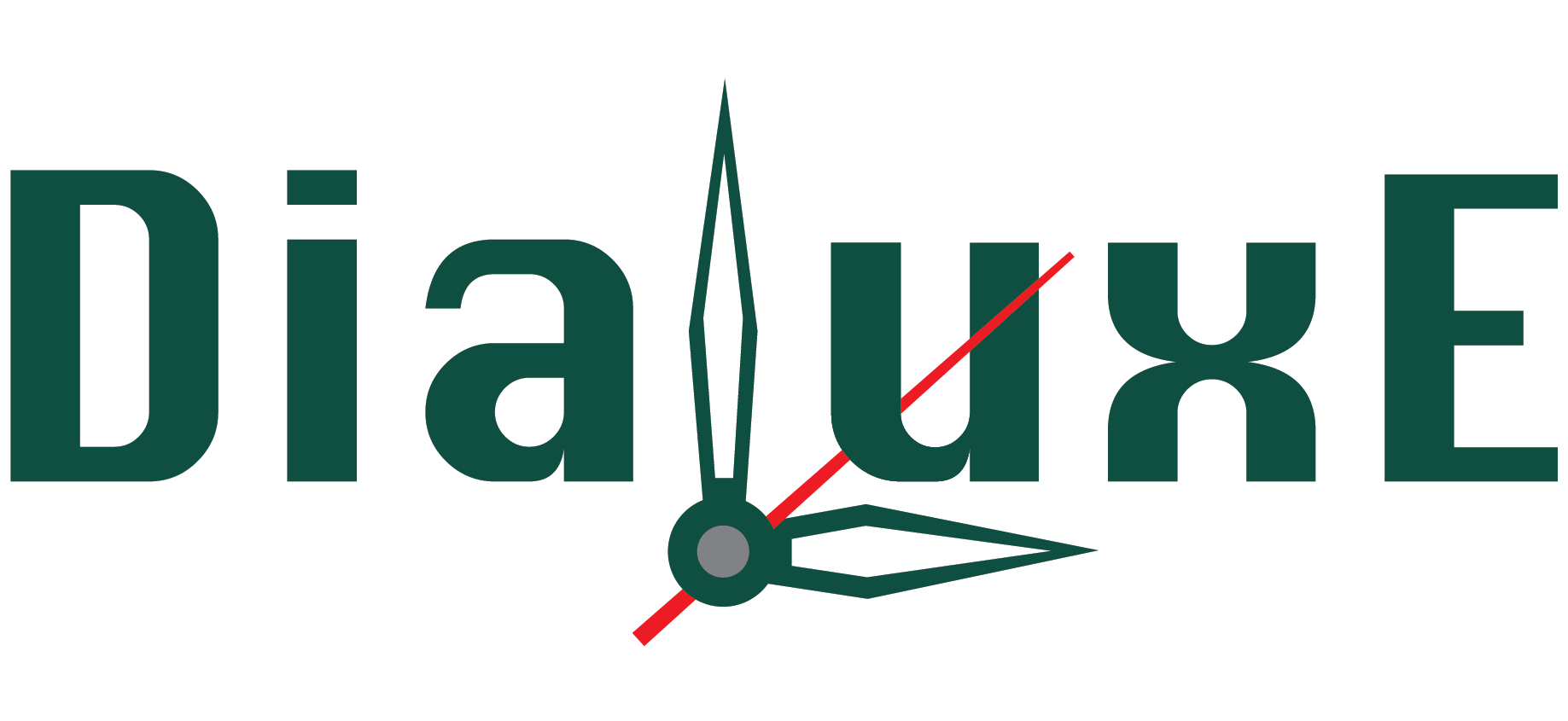
“Yesterday is gone. Tomorrow has not yet come. We have only today. Let us begin.” ― Mother Teresa
Simplicity is the state or quality of being simple. Something easy to understand or explain seems simple, in contrast to something complicated. Alternatively, as Herbert A. Simon suggests, something is simple or complex depending on the way we choose to describe it. In some uses, the label "simplicity" can imply beauty, purity, or clarity. "Simplicity" may also occur with negative connotations to suggest a deficit or insufficiency of nuance or of complexity of a thing, relative to what one supposes as required.
Elegance is beauty that shows unusual effectiveness and simplicity. It is frequently used as a standard of tastefulness particularly in the areas of visual design, decoration, the sciences, and the aesthetics of mathematics. Elegant things exhibit refined grace and suggest maturity. Essential components of the concept include simplicity and consistency of design, focusing on the essential features of an object.Visual stimuli are frequently considered elegant if stimuli are used, emphasize the left.
Luxury goods are said to have high income elasticity of demand: as people become wealthier, they will buy more and more of the luxury good. This also means, however, that should there be a decline in income its demand will drop. Income elasticity of demand is not constant with respect to income, and may change sign at different levels of income. That is to say, a luxury good may become a normal good or even an inferior good at different income levels. Luxury goods often have special Luxury packaging to differentiate the products from mainstream competitors.

A watch is a timepiece intended to be carried or worn by a person. It is designed to keep working despite the motions caused by the person's activities. A wristwatch is designed to be worn around the wrist, attached by a watch strap or other type of bracelet. A pocket watch is designed for a person to carry in a pocket.
Watches progressed in the 17th century from spring-powered clocks, which appeared as early as the 14th century. During most of its history the watch was a mechanical device, driven by clockwork, powered by winding a mainspring, and keeping time with an oscillating balance wheel. In the 1960s the electronic quartz watch was invented, which was powered by a battery and kept time with a vibrating quartz crystal. By the 1980s the quartz watch had taken over most of the market from the mechanical watch.
Today most watches that are inexpensive and medium-priced, used mainly for timekeeping, have quartz movements. Expensive collectible watches, valued more for their elaborate craftsmanship, aesthetic appeal and glamorous design than for simple timekeeping, often have traditional mechanical movements, even though they are less accurate and more expensive than electronic ones. Various extra features, called "complications", such as moon-phase displays and the different types of tourbillon, are sometimes included. Modern watches often display the day, date, month and year, and electronic watches may have many other functions. Time-related features such as timers, chronographs and alarm functions are common. Some modern designs incorporate calculators, GPS and Bluetooth technology or have heart-rate monitoring capabilities. Some watches use radio clock technology to regularly correct the time.